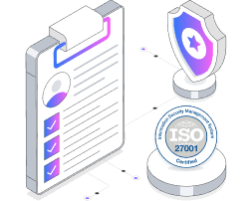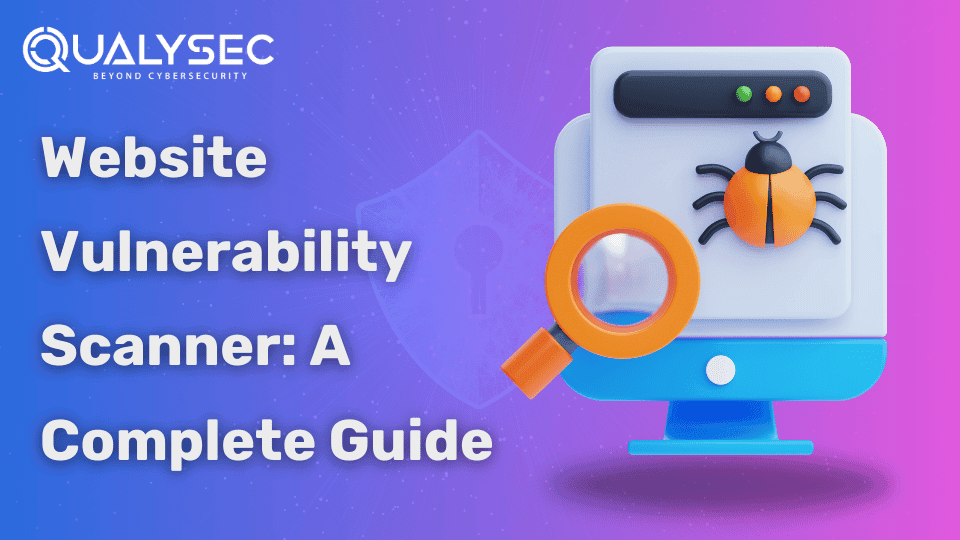What is Website Vulnerability Scanner and its Benefits?
Today, the security of your online assets is more critical than ever. With cyber threats evolving at an unprecedented pace, vulnerability scanning remains a cornerstone of proactive defense strategies. It empowers organizations to identify and address weaknesses in their systems, networks, and applications before they can be exploited by unethical hackers. But what exactly is a website vulnerability scanner, and how can it help you stay ahead of cyber threats? Let’s explore its essence, role, benefits, best practices, and key considerations for 2025. What is Vulnerability Scanning? Vulnerability scanning is a proactive security measure designed to detect and flag weaknesses in computer systems, networks, or applications. It simulates potential attacks to identify vulnerabilities that could be exploited by cybercriminals. By addressing these weaknesses promptly, organizations can significantly improve their security posture and reduce the risk of data breaches or cyber-attacks. In 2025, vulnerability scanning has become even more sophisticated, leveraging artificial intelligence (AI) and machine learning (ML) to predict and identify emerging threats. These advancements allow scanners to not only detect known vulnerabilities but also anticipate zero-day exploits and other advanced threats. What is a Website Vulnerability Scanner? A website vulnerability scanner is your digital bodyguard, tirelessly scanning web applications to identify security flaws in your website’s code, configuration, or infrastructure. Think of it as having a dedicated security expert on your team, constantly on the lookout for vulnerabilities like SQL injection, cross-site scripting (XSS), or insecure server configurations. In 2025, website vulnerability scanners have evolved to include real-time monitoring and automated remediation capabilities. They now integrate seamlessly with DevOps pipelines, enabling continuous security assessments throughout the development lifecycle. This ensures that vulnerabilities are identified and addressed before they can be exploited. These tools don’t just highlight problems—they also provide detailed reports and actionable recommendations for mitigation. By addressing these weaknesses, website vulnerability scanners play a crucial role in enhancing your cybersecurity posture, minimizing the risk of data breaches, and safeguarding sensitive information. Benefits of Vulnerability Scanning for Web Applications in 2025 Vulnerability scanning for web applications offers numerous advantages, making it an essential component of any cybersecurity strategy. Here are the key benefits: 1. Risk Mitigation Website vulnerability scanners detect security weaknesses such as misconfigurations, outdated software, or known vulnerabilities. By identifying and addressing these flaws, organizations can significantly reduce the risk of cyber-attacks and data breaches. In 2025, advanced scanners also incorporate threat intelligence feeds to prioritize vulnerabilities based on real-world attack patterns. 2. Compliance Adherence Many industries are subject to strict security standards like ISO 27001, SOC 2, GDPR, and the newly introduced Global Cybersecurity Framework (GCF) in 2025. Regular vulnerability scans help organizations demonstrate compliance by identifying and resolving security flaws. Automated reporting features now simplify audits, ensuring organizations meet regulatory requirements effortlessly. 3. Cost Savings Identifying and fixing vulnerabilities early can save organizations substantial costs in the long run. In 2025, the average cost of a data breach has risen to over $6 million, making proactive vulnerability management a cost-effective strategy. By addressing weaknesses early, companies can avoid financial losses, legal penalties, and reputational damage. 4. Improved Security Posture Regular vulnerability assessments provide a comprehensive understanding of an organization’s defense mechanisms. In 2025, scanners offer predictive analytics, helping organizations anticipate and prepare for future threats. This proactive approach strengthens overall security and reduces the likelihood of successful cyberattacks. 5. Enhanced Customer Trust Security breaches can severely damage an organization’s reputation. By conducting routine vulnerability scans and promptly addressing identified risks, organizations can reassure customers, partners, and stakeholders that their data is secure. In 2025, transparency in cybersecurity practices has become a key differentiator for building customer trust. How Does a Website Vulnerability Scanner Work in 2025? The process of website vulnerability scanning involves several steps, enhanced by the latest technological advancements: Scoping: Define the assets to be scanned, testing procedures, and evaluation objectives. In 2025, AI-driven tools assist in automatically identifying and categorizing assets, including cloud-based resources and IoT devices. Vulnerability Scanning: Use advanced scanning tools to systematically identify vulnerabilities, including known issues, misconfigurations, and emerging threats. Modern scanners now incorporate AI to detect anomalies and potential zero-day vulnerabilities. Prioritization: Assess the impact of each vulnerability and rank them by severity. In 2025, scanners use threat intelligence and predictive analytics to prioritize vulnerabilities based on their likelihood of exploitation. Reporting: Generate detailed reports that include vulnerability descriptions, severity levels, and recommended remediation steps. Reports are now more user-friendly, with visual dashboards and actionable insights. Remediation: Collaborate with IT and security teams to address identified vulnerabilities. Automated remediation tools in 2025 can apply patches or configuration changes without manual intervention. Rescanning: Conduct follow-up scans to verify that remediation efforts were successful and ensure ongoing security. Final Report: Provide a comprehensive report summarizing the scanning process, findings, and remediation outcomes. This serves as a valuable reference for future assessments and compliance audits. Organizations can improve their security posture by implementing these procedures and using the appropriate resources. Reduce the danger that could arise from cyberattacks. Read our latest guide on website penetration testing here! Be quick to safeguard your digital assets! Protect your data from online attacks by scheduling a consultation with our cybersecurity expert. Talk to our Cybersecurity Expert to discuss your specific needs and how we can help your business. Schedule a Call Best Practices of Website Vulnerability Scanner To maximize the effectiveness of vulnerability scanning, follow these best practices: Keep Your Scanner Updated: Make sure your vulnerability scanner is equipped to detect the latest threats. In 2025, scanners with AI and ML capabilities can self-update to stay ahead of emerging vulnerabilities. Schedule Regular Scans: Conduct scans frequently to identify and address new vulnerabilities promptly. For most organizations, monthly or quarterly scans remain the standard, but high-risk environments may require continuous scanning. Document Scan Results: Maintain detailed records of scan results, including identified vulnerabilities, severity levels, and remediation actions. This documentation is essential for tracking progress and demonstrating compliance. Scan All Assets: Ensure scans cover all assets, including servers, workstations, network




